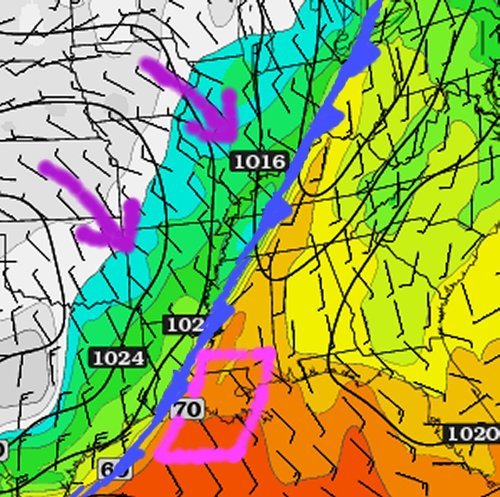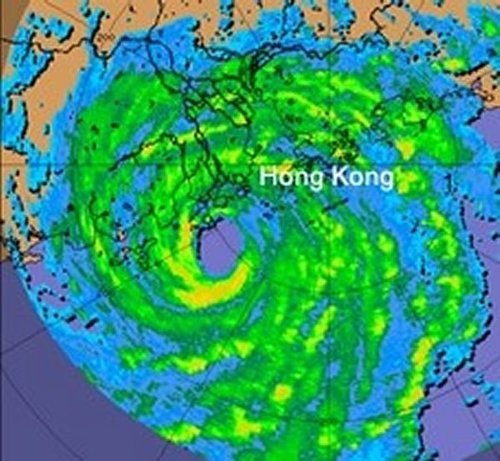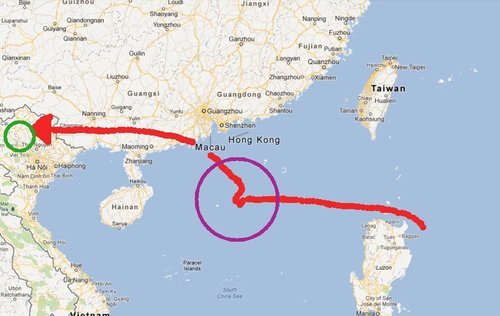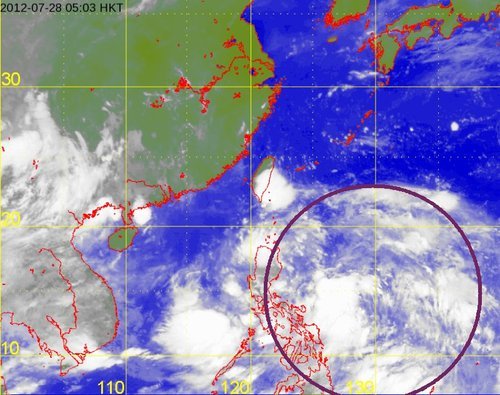Super Typhoon Usagi Takes Aim at Hong Kong
The strongest typhoon of the year up to date has formed in the Pacific and is taking aim at Hong Kong. Super typhoon Usagi is currently located in the Luzon Strait between Taiwan and the Philippines and is moving in a west north-westerly fashion. Thursday and Friday morning, Usagi was packing sustained winds of around 260km/h – considered category five strength. It has since slightly weakened but is still a dangerous category four super typhoon as it eyes (no pun intended) Hong Kong and the southern coast of China.

This super typhoon is not only a very powerful typhoon but also a very large one; its diameter reaching over 1,000km. A very distinct eye could be seen on satellite as well as more than one eyewall present; it is not as common for a tropical system to have more than one eyewall, though it does happen with storms of category three or higher.
Usagi is expected to make landfall sometime on Sunday along the south China shores. Its impacts remain to be seen though, with seas expected reaching 10 meters in the South China Sea all vessels will have to steer clear or dock. Another concern is the rainfall; already copious amounts of rain have fallen in Taiwan, especially on its east coast where about a meter of rain was not out of the question before the weekend’s end.
In addition to Usagi, a second typhoon is expected to form this weekend behind (to the east) of Usagi, it will be named Pabuk. Although still a ways out, Pabuk has a good chance at becoming a severe typhoon due to the warm sea surface temperatures and low shear in the area. Currently, the models show Pabuk reaching the eastern shores of Japan but then quickly curving back out to sea – this would suggest minimal impacts to Japan.




